Home>Garden Essentials>What Is A Seed Embryo
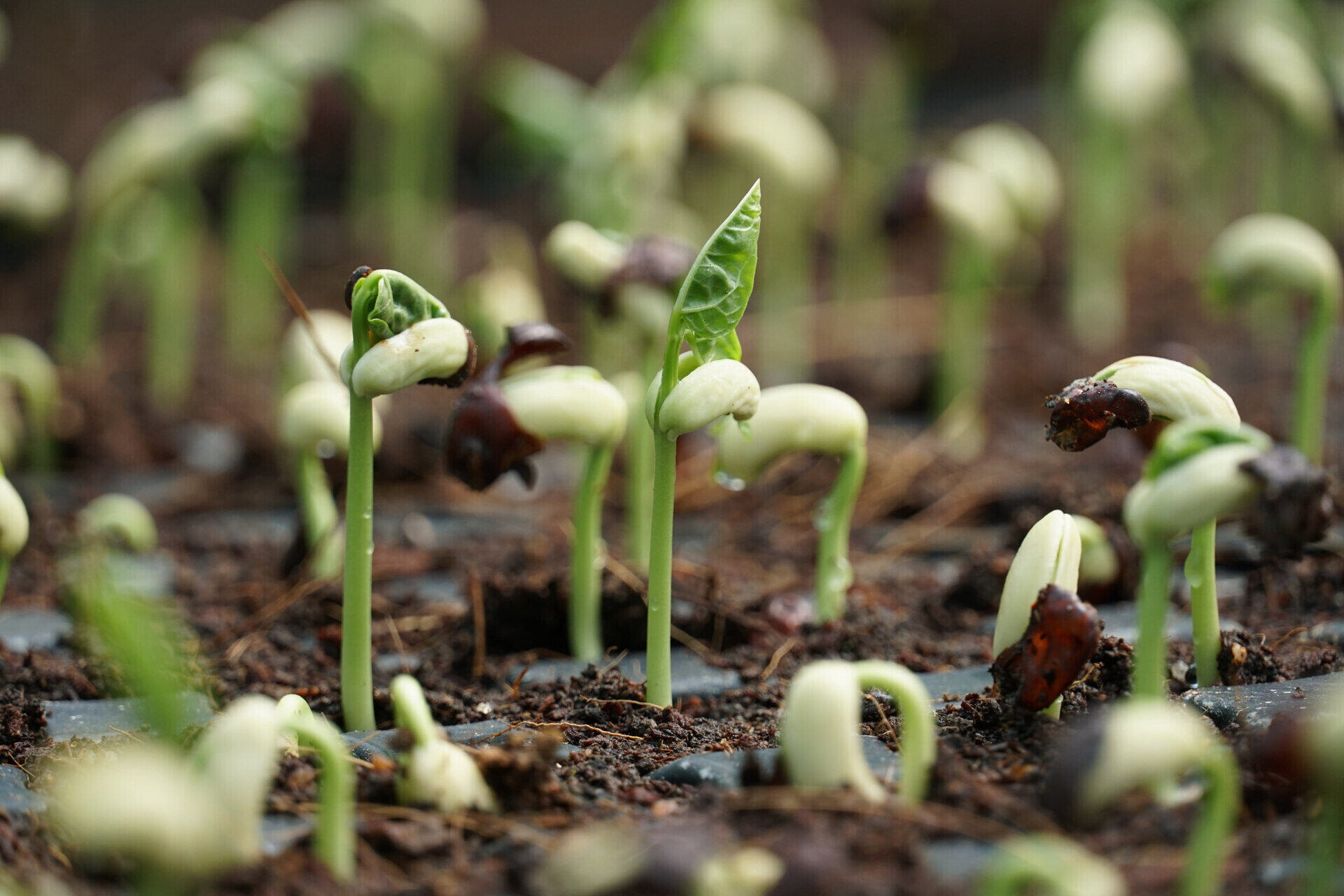

Garden Essentials
What Is A Seed Embryo
Modified: March 15, 2024
Discover the wonders of a garden seed embryo and learn how it plays a vital role in the growth and development of plants.
(Many of the links in this article redirect to a specific reviewed product. Your purchase of these products through affiliate links helps to generate commission for Storables.com, at no extra cost. Learn more)
Introduction
Gardening is a wonderful hobby that allows us to connect with nature, enjoy the beauty of plants, and cultivate our own little oasis. Whether you have a sprawling backyard or a small balcony, creating and maintaining a garden is a rewarding experience. However, to truly understand the art of gardening, it is important to delve into the fascinating world of plant biology.
At the heart of every garden lies the seed embryo, a tiny but essential component of plant reproduction. Understanding the structure, development, and germination of a seed embryo is crucial for any gardener looking to propagate plants from seeds. In this article, we will explore the intricacies of seed embryos, their importance in plant reproduction, and factors that influence their development.
So grab your gardening gloves, put on your thinking cap, and let’s dive into the captivating world of seed embryos!
Key Takeaways:
- The seed embryo is like a baby plant inside a seed, containing all the genetic information and nutrients needed for growth. It’s the starting point for a new plant to grow and thrive in the garden.
- When a seed embryo starts to grow, it’s called germination. This process involves stages like absorbing water, growing roots and leaves, and becoming a living plant. It’s like a magical transformation from a sleepy seed to a lively plant!
Read more: What Is Germinate
Definition of a Seed Embryo
A seed embryo is the earliest stage of a plant that develops from a fertilized ovule. It is essentially the “baby” plant within a seed, containing the genetic information required for growth and development. The seed embryo is the result of the fusion of male and female gametes during the process of sexual reproduction in plants.
The seed embryo is typically enclosed within a protective covering called the seed coat, which shields it from external influences and provides a conducive environment for germination. This protective structure ensures that the embryo remains dormant until favorable conditions for growth are present.
Seed embryos vary in size and shape depending on the type of plant. Some embryos are small and barely visible to the naked eye, while others may be larger and more recognizable. Regardless of their size, all seed embryos share the common goal of developing into a mature plant through the process of germination.
The seed embryo consists of several key components. The embryo proper is the central part of the seed embryo, containing the tiny, undeveloped plant that will eventually grow into a mature organism. Surrounding the embryo proper is the endosperm, a nutrient-rich tissue that provides nourishment to the embryo during germination. In some seeds, the endosperm may be absent, and the embryo relies on stored food reserves for growth.
Overall, the seed embryo serves as a reservoir of genetic material and nutrients, ensuring the survival and propagation of plant species. Its development and germination are influenced by various internal and external factors, which we will explore in more detail later in this article.
Structure of a Seed Embryo
The seed embryo consists of distinct structures that contribute to its growth and development. These structures work together harmoniously to ensure the successful germination and establishment of a new plant. Let’s explore the key components of a seed embryo:
- Embryo Proper: This is the central part of the seed embryo and contains the nascent plant. It consists of the embryonic shoot, known as the plumule, which will develop into the stem and leaves, as well as the embryonic root, called the radicle, which will grow into the root system. The embryo proper is surrounded by protective structures.
- Cotyledons: Cotyledons are embryonic leaves that provide important nutrients to the developing seedling. Some plants have one cotyledon, known as a monocot, while others have two cotyledons, called dicots. Cotyledons can be seed leaves that provide nourishment during germination or true leaves that emerge after germination.
- Endosperm: The endosperm is a starchy or oily tissue surrounding the embryo proper. It acts as a source of nutrients and energy for the growing seedling during germination and early stages of growth. The endosperm can be absorbed by the cotyledons as they emerge and expand.
- Seed Coat: The seed coat, also known as the testa, is the protective outer covering of the seed embryo. It serves as a barrier, preventing damage from external factors such as pests, diseases, and harsh environmental conditions. The seed coat may have specialized structures, such as micropyles or micropores, which allow for water and oxygen absorption during germination.
The structure of a seed embryo is intricately designed to provide all the necessary components for successful germination and establishment of a new plant. Each part plays a vital role in the development and growth of the seedling, ensuring its ability to survive and thrive in its environment.
Germination of a Seed Embryo
Germination is the process through which a seed embryo breaks dormancy and begins to grow into a new plant. It is a remarkable series of events that result in the transformation of a dormant seed into a living organism. Germination occurs when the seed embryo is exposed to favorable environmental conditions, including moisture, oxygen, and optimal temperature.
The process of germination can be summarized into a few key stages:
- Imbibition: The first step in germination is the absorption of water by the seed. As the seed takes in water, it swells and softens, activating various biochemical processes within the embryo.
- Activation of Metabolic Processes: As water enters the seed, it triggers the activation of various enzymes and metabolic processes. These processes break down stored nutrients and convert them into a form that the growing seedling can utilize for energy and growth.
- Radicle Emergence: The radicle, the embryonic root, is the first structure to emerge from the seed. It elongates and grows down into the soil, anchoring the seedling and absorbing water and nutrients from the surrounding environment.
- Expansion of Cotyledons: As the radicle develops, the cotyledons begin to grow and expand. They emerge from the seed coat and provide nourishment to the developing seedling. In some plants, the cotyledons become the first photosynthetic organs, producing energy through the process of photosynthesis.
- Development of Shoot: As the seedling continues to grow, the plumule, the embryonic shoot, emerges from between the cotyledons. It elongates towards the surface, where it will eventually give rise to the stem and leaves of the growing plant.
- Establishment of Root system and Photosynthesis: As the seedling matures, the root system develops further, branching out to absorb water and nutrients from the soil. Leaves also continue to grow, expanding the photosynthetic surface area and enabling the seedling to produce its own energy through photosynthesis.
The germination process varies depending on the plant species and environmental conditions. Some seeds may require specific cues, such as exposure to light or a period of cold temperatures, to break dormancy and initiate germination.
Overall, germination is a complex and fascinating process through which a seed embryo transitions from a dormant state to an actively growing, self-sustaining plant. It is a crucial step in the life cycle of plants and allows them to propagate and populate their surroundings.
The seed embryo is the young plant inside a seed. It contains the basic structures that will develop into the roots, stem, and leaves of the new plant.
Importance of Seed Embryos in Plant Reproduction
Seed embryos play a crucial role in the reproductive success and survival of plants. They are the key to plant propagation and ensure the continuity of plant species. Let’s explore the importance of seed embryos in plant reproduction:
- Genetic Preservation: Seed embryos contain the genetic information necessary for the development of a new plant. Through sexual reproduction, the male and female gametes fuse to form the seed embryo, which carries a combination of genetic traits from both parent plants. This genetic diversity is vital for the adaptation and evolution of plant species in response to changing environmental conditions.
- Dispersal: Seeds, which house the seed embryo, are nature’s way of dispersing and ensuring the survival of plants. Seeds can be dispersed by various means, such as wind, water, animals, or birds. This broad dispersal enables plants to colonize new habitats, expand their range, and establish themselves in different environments.
- Dormancy and Survival: Seed embryos have the remarkable ability to enter a state of dormancy, allowing them to withstand unfavorable conditions such as extreme temperatures, drought, and lack of nutrients. This dormancy ensures that seeds can remain viable for extended periods, sometimes even years, until conditions become favorable for germination. It is through this dormancy that seed embryos can survive adverse circumstances and ensure the continuity of plant populations.
- Reliable Propagation: Seeds with developed embryos offer a reliable method of reproducing plants. They can be collected, stored, and later germinated to produce new plants that are genetically similar to their parent plants. This method allows gardeners, conservationists, and farmers to propagate specific plant varieties, maintain biodiversity, and ensure the availability of essential food crops.
- Ecological Importance: Seed embryos are vital for maintaining biodiversity and supporting ecological balance. They provide a source of food and shelter for various animals and insects, contributing to complex food webs and ecosystem functioning. Seeds also serve as a resource for natural regeneration in disturbed habitats, aiding in the restoration and recovery of ecosystems.
Overall, seed embryos are essential for successful plant reproduction, ensuring the genetic diversity, dispersal, survival, and proliferation of plant species. They are a testament to the resilience and adaptability of plants, allowing them to thrive in diverse environments and withstand the challenges of their surroundings.
Read more: What Is A Seed?
Factors Affecting Seed Embryo Development
The development of a seed embryo is influenced by various internal and external factors. These factors play a critical role in determining the growth, health, and viability of the seed embryo. Let’s explore some of the key factors that affect seed embryo development:
- Genetic Factors: The genetic makeup of the parent plants influences the development of the seed embryo. Genetic factors determine the inherent traits, such as growth rate, disease resistance, and reproductive characteristics, which are passed on to the seed embryo. These traits can determine the overall vigor and success of the developing plant.
- Environmental Conditions: The external environment has a profound impact on seed embryo development. Temperature, humidity, light, and soil composition are crucial environmental factors that can affect germination, growth, and overall plant health. Each plant species has specific temperature and moisture requirements for optimal seed embryo development and germination.
- Water Availability: Adequate water availability is crucial for the successful development of a seed embryo. Water is required for the activation of metabolic processes, imbibition, and softening of tissues to initiate germination. However, excessive water can lead to rotting and hinder oxygen availability, which is also essential for proper seed embryo development.
- Nutrient Availability: The availability of essential nutrients in the soil is vital for proper seed embryo development. Nutrients like nitrogen, phosphorus, and potassium are essential for healthy growth and development. Imbalances or deficiencies in nutrient availability can lead to stunted growth, nutrient deficiencies, or impaired reproductive success.
- Seed Coat Integrity: The integrity of the seed coat plays a role in seed embryo development. A damaged or compromised seed coat can expose the embryo to pathogens, pests, and excess moisture, inhibiting its growth and leading to unsuccessful germination.
- Competition and Interactions: The presence of nearby plants can influence seed embryo development through competition for resources such as light, water, and nutrients. Interactions with other organisms, such as symbiotic relationships with mycorrhizal fungi or seed dispersal by animals, can also influence the development and dispersal of seed embryos.
- Dormancy and Seed Viability: Some seeds have built-in mechanisms for entering a state of dormancy, which can delay seed embryo development until favorable conditions are present. The ability to remain dormant for extended periods allows seed embryos to survive adverse conditions and ensures their viability for future germination.
It is important to note that the factors affecting seed embryo development are interconnected and can vary depending on the plant species. Understanding these factors and providing optimal conditions can maximize the chances of successful seed embryo development and ensure the growth and vitality of plants.
Conclusion
The seed embryo is a remarkable and integral part of plant reproduction. It is the earliest stage of a plant’s life, containing the genetic potential and nutrients necessary for growth and development. The structure of a seed embryo, including the embryo proper, cotyledons, endosperm, and seed coat, ensures the protection and successful germination of the developing plant.
Germination, the process by which a seed embryo breaks dormancy and begins to grow, is a complex series of events. From imbibition to the emergence of the radicle and expansion of cotyledons, each stage plays a crucial role in the transformation of a dormant seed into a living organism.
Seed embryos are of vital importance in plant reproduction. They ensure the preservation and propagation of plant species through genetic preservation, dispersal, dormancy, and reliable propagation. Seed embryos also play a key role in the ecological balance by providing food and shelter for various organisms and aiding in the regeneration of disturbed habitats.
Several factors influence seed embryo development, including genetic factors, environmental conditions, water and nutrient availability, seed coat integrity, competition, and dormancy. Understanding and providing optimal conditions for seed embryo development can greatly enhance the success of germination and the growth of healthy plants.
As gardeners, botanists, and nature enthusiasts, the study of seed embryos and their role in plant reproduction deepens our understanding of the intricate mechanisms of the natural world. It allows us to appreciate the resilience, adaptation, and beauty of plants and empowers us to cultivate and nurture our own gardens with greater knowledge and success.
So next time you plant a seed, remember the amazing journey that lies within the tiny seed embryo, waiting to unfurl into a thriving plant and bring beauty and life to your garden.
Frequently Asked Questions about What Is A Seed Embryo
Was this page helpful?
At Storables.com, we guarantee accurate and reliable information. Our content, validated by Expert Board Contributors, is crafted following stringent Editorial Policies. We're committed to providing you with well-researched, expert-backed insights for all your informational needs.
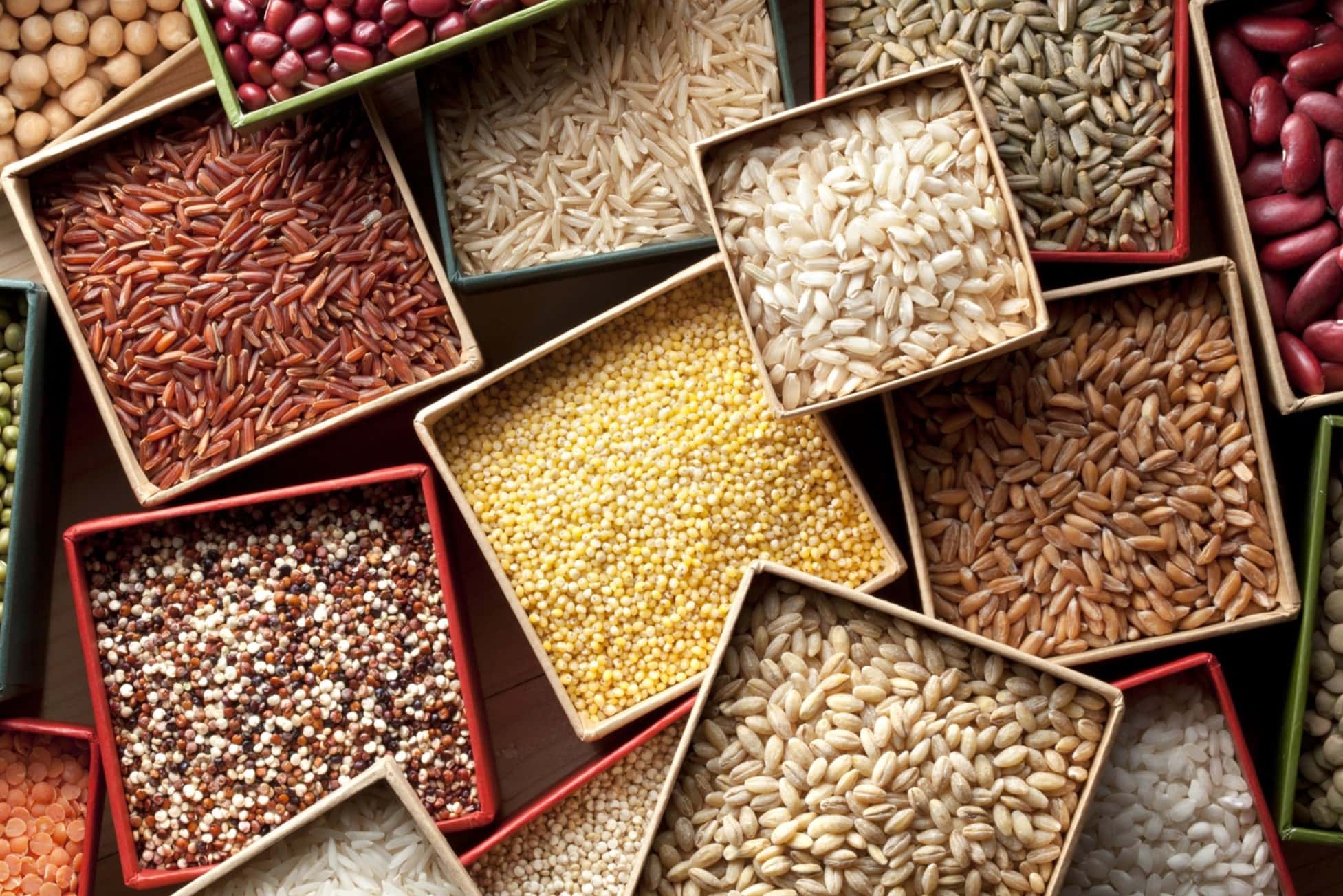
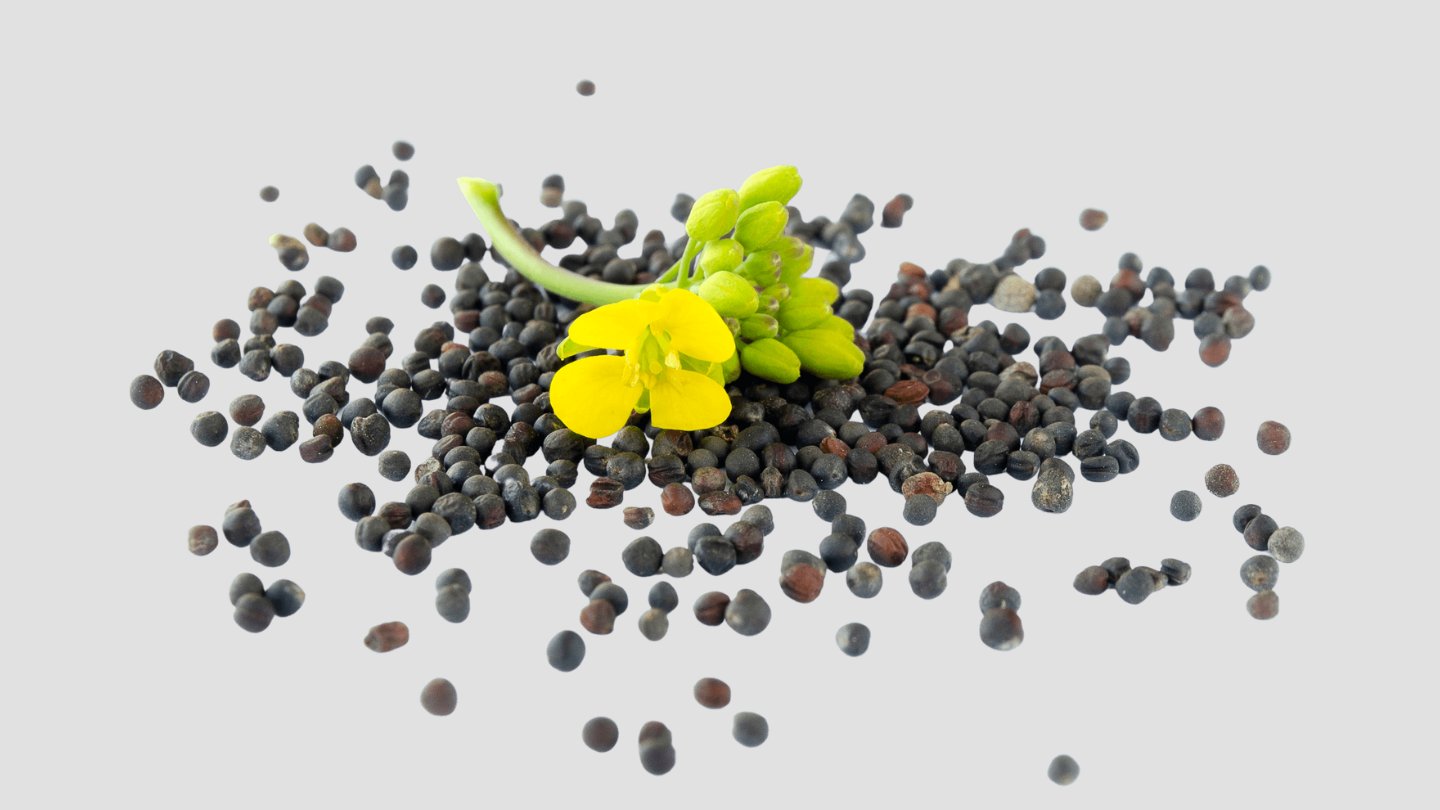
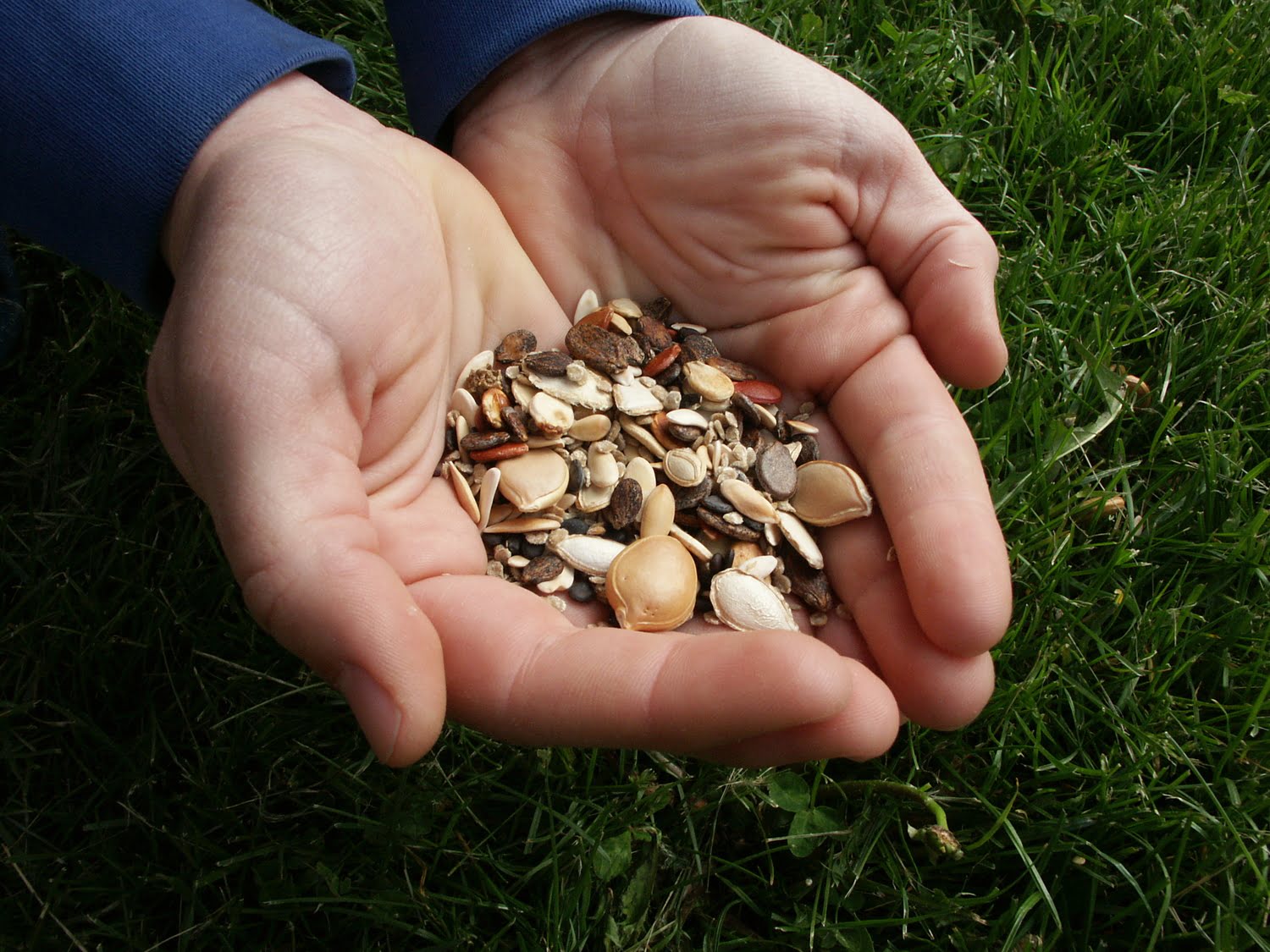
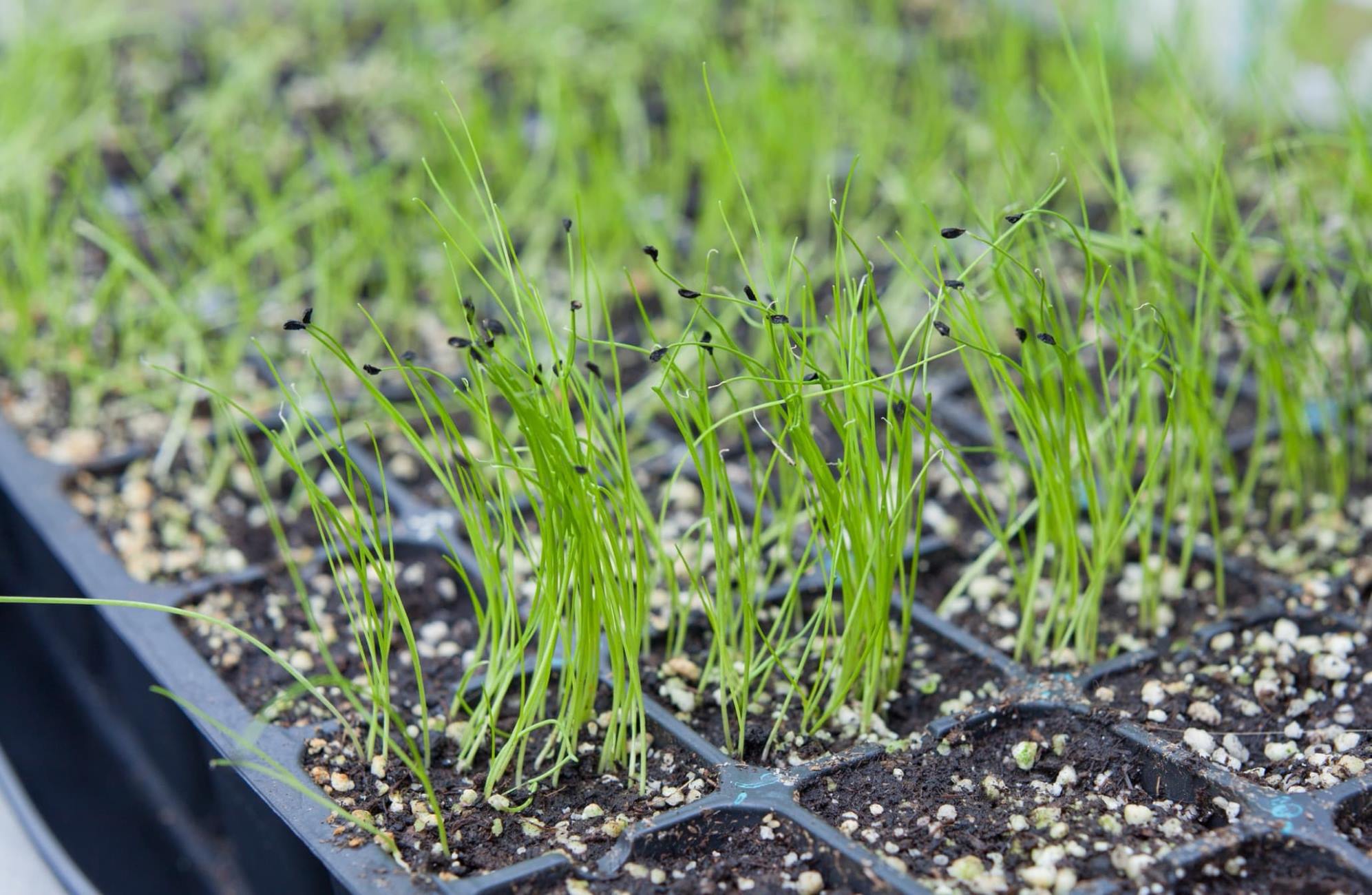
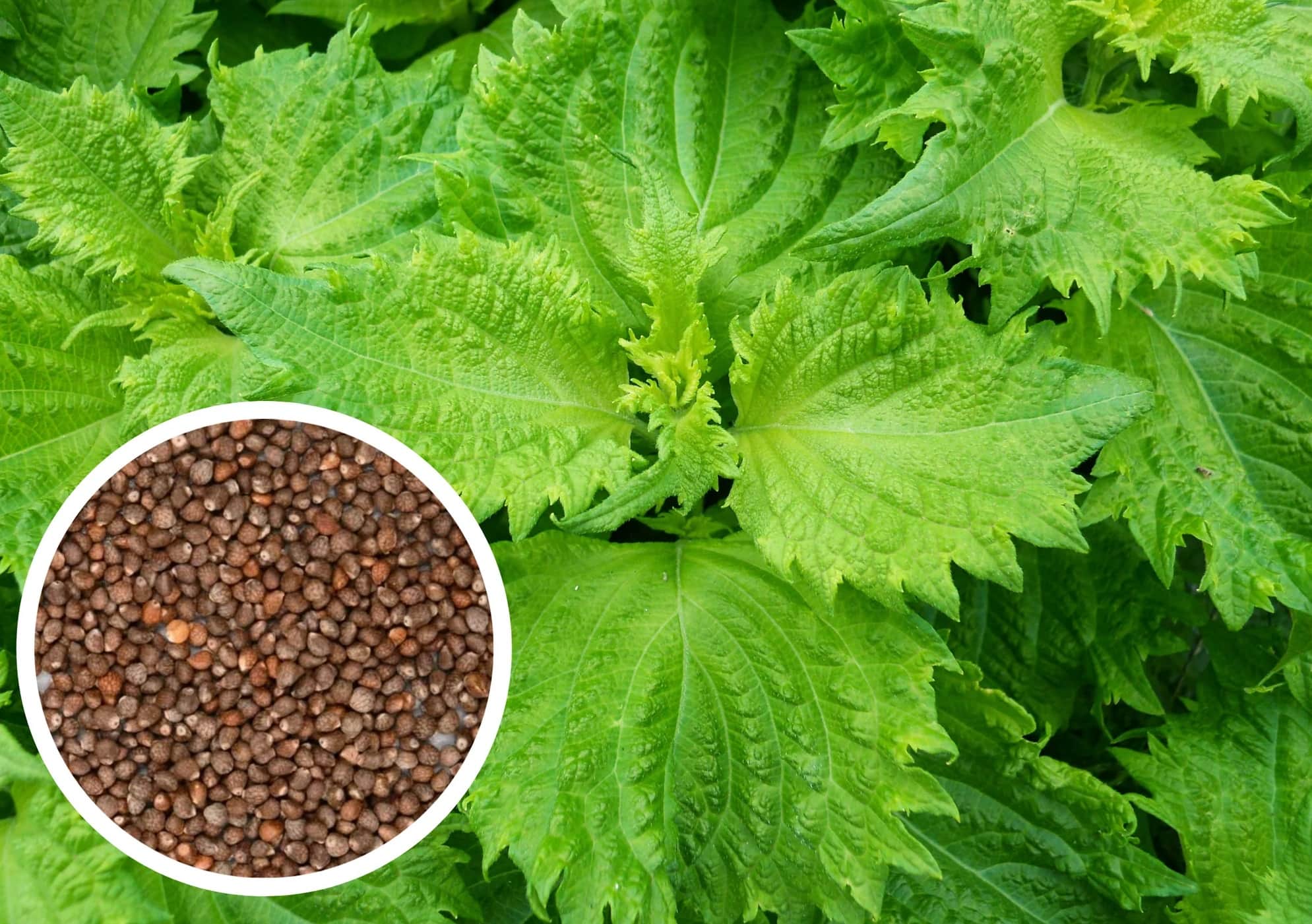
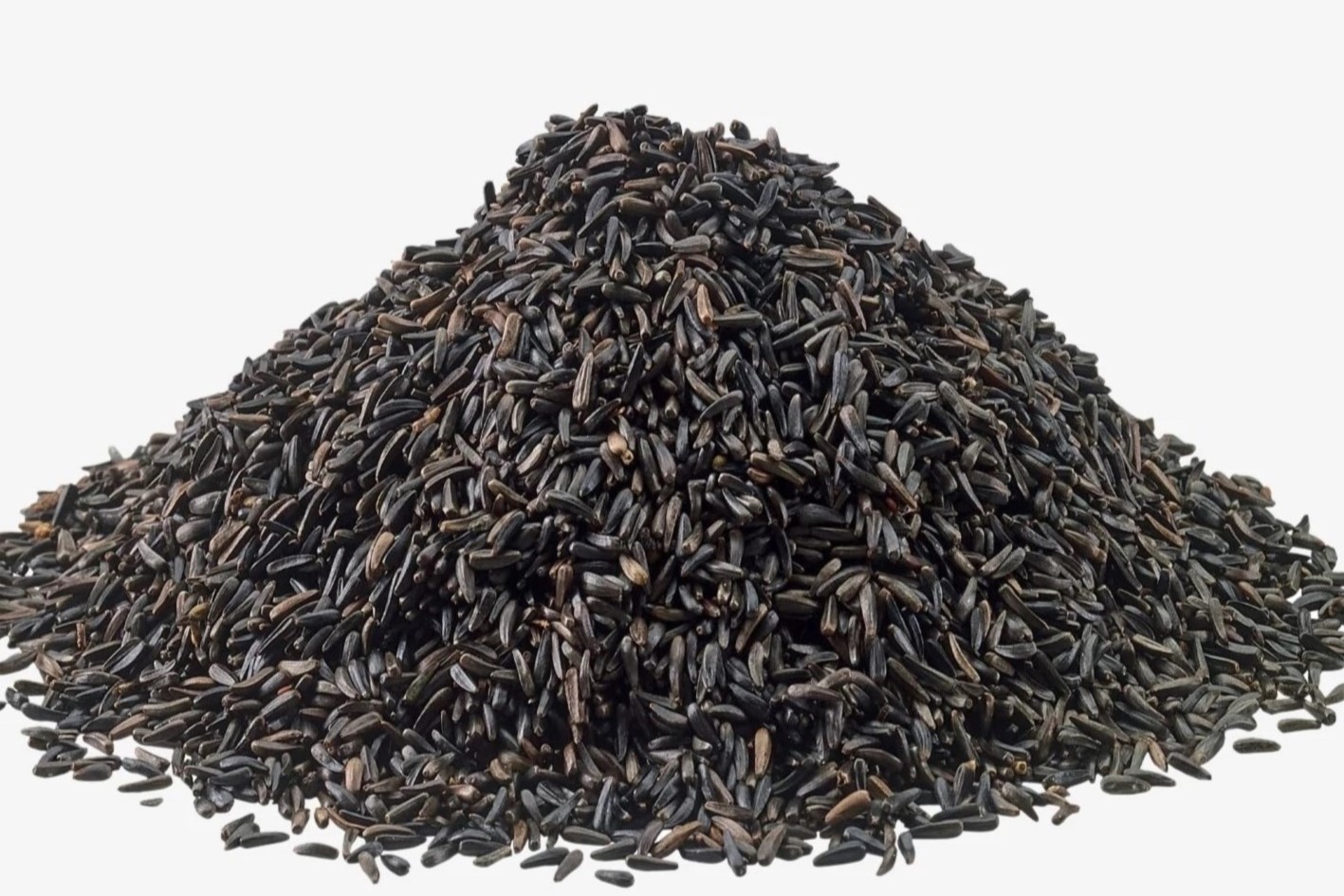
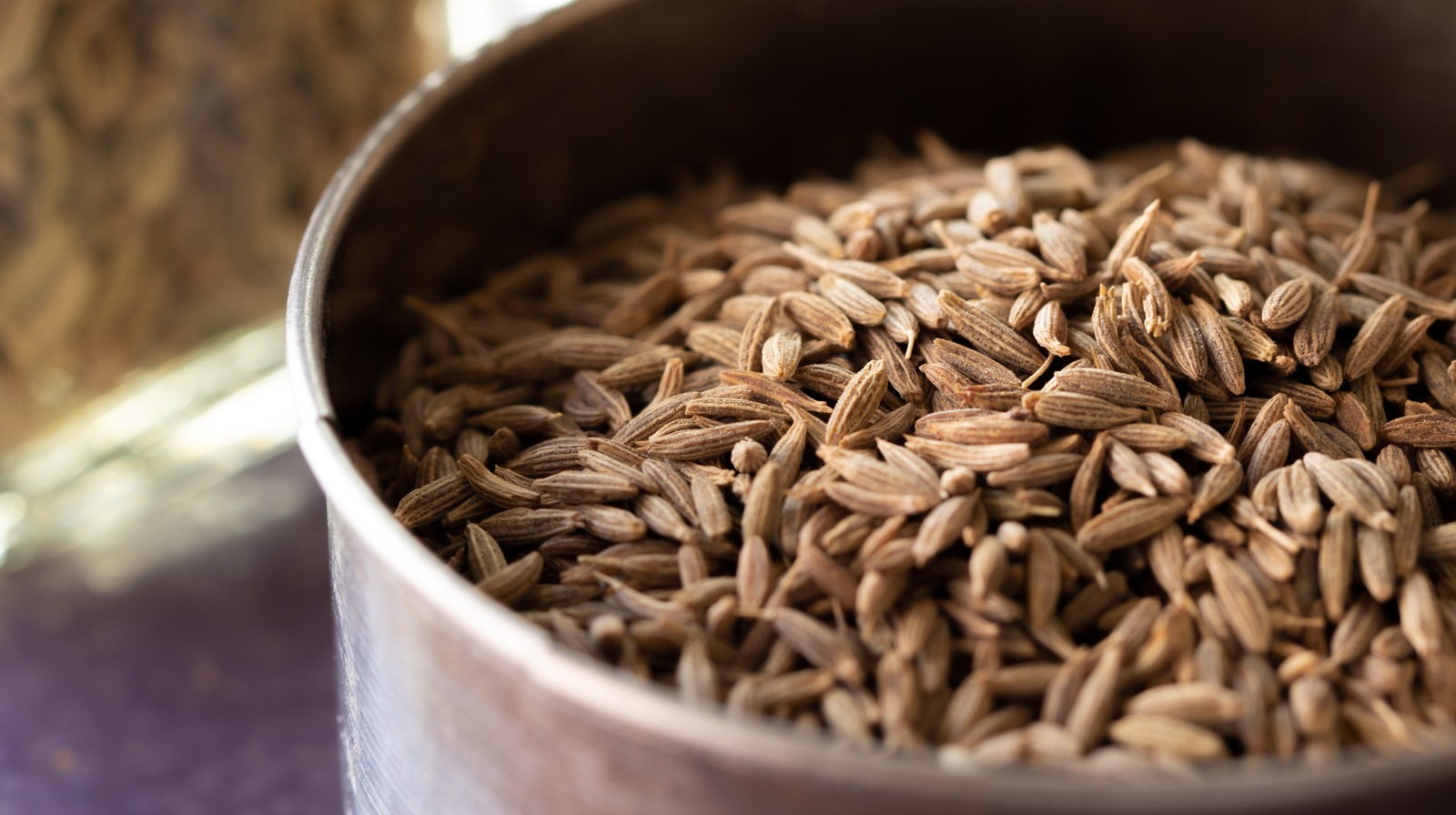

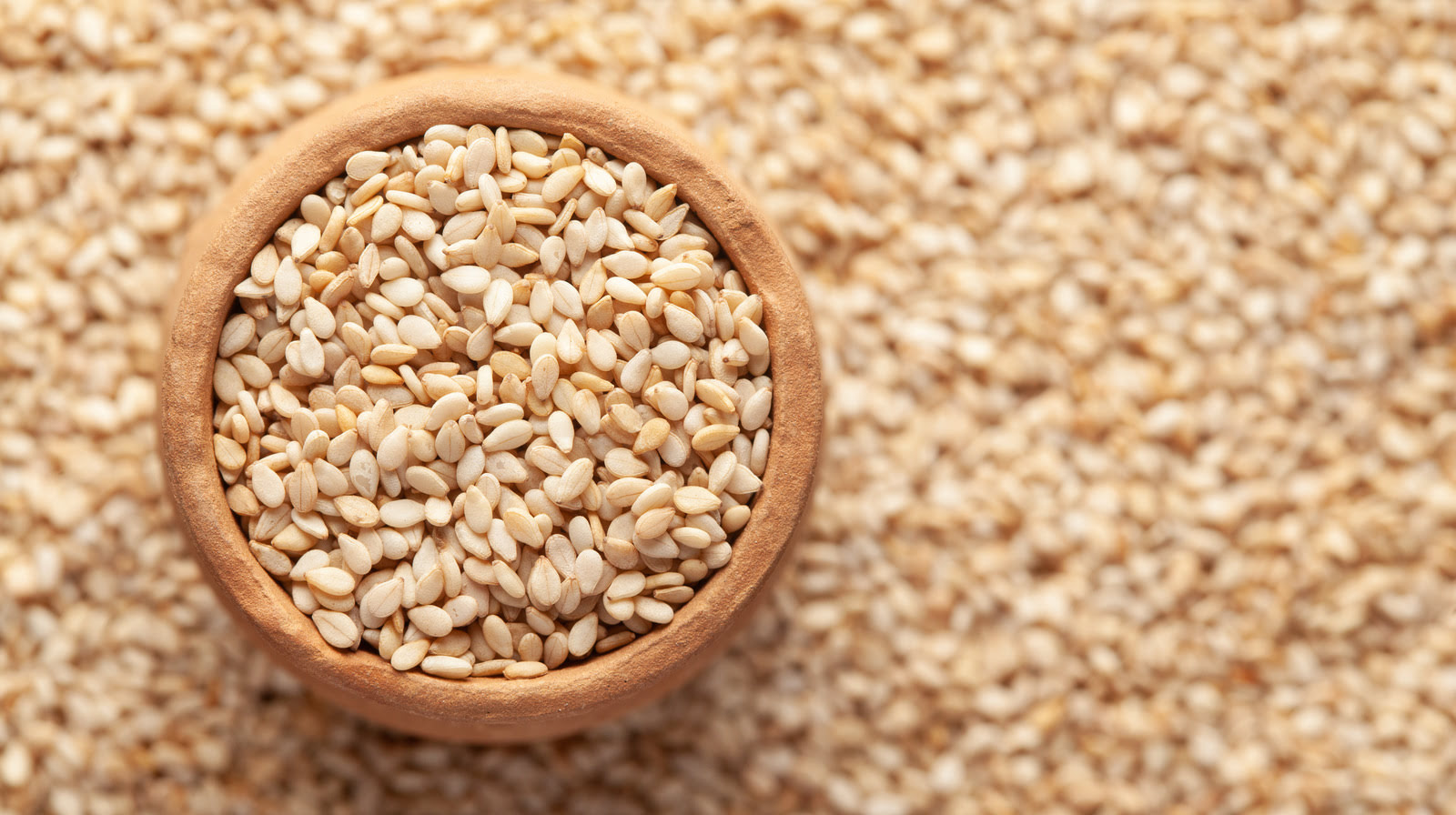
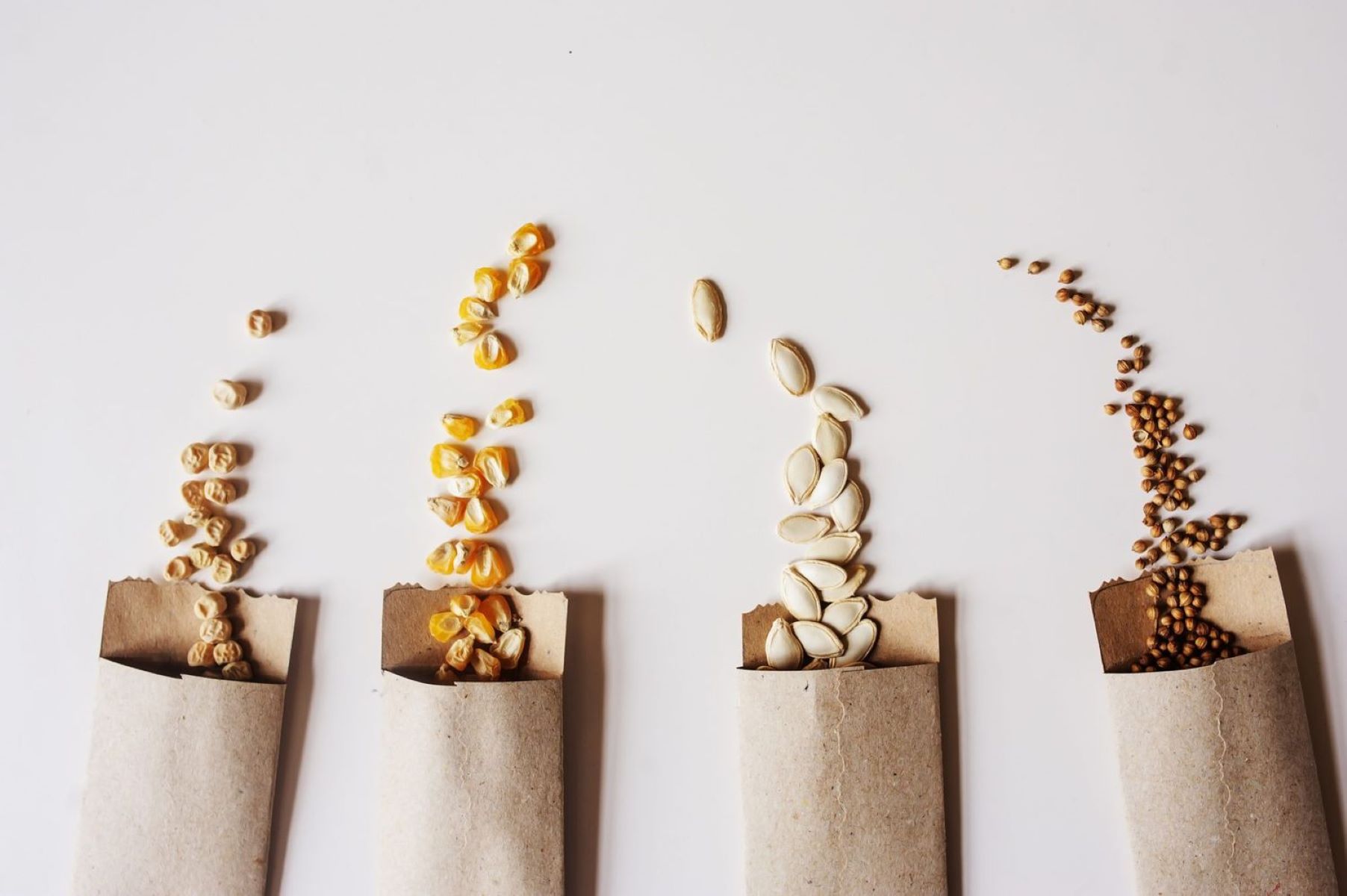
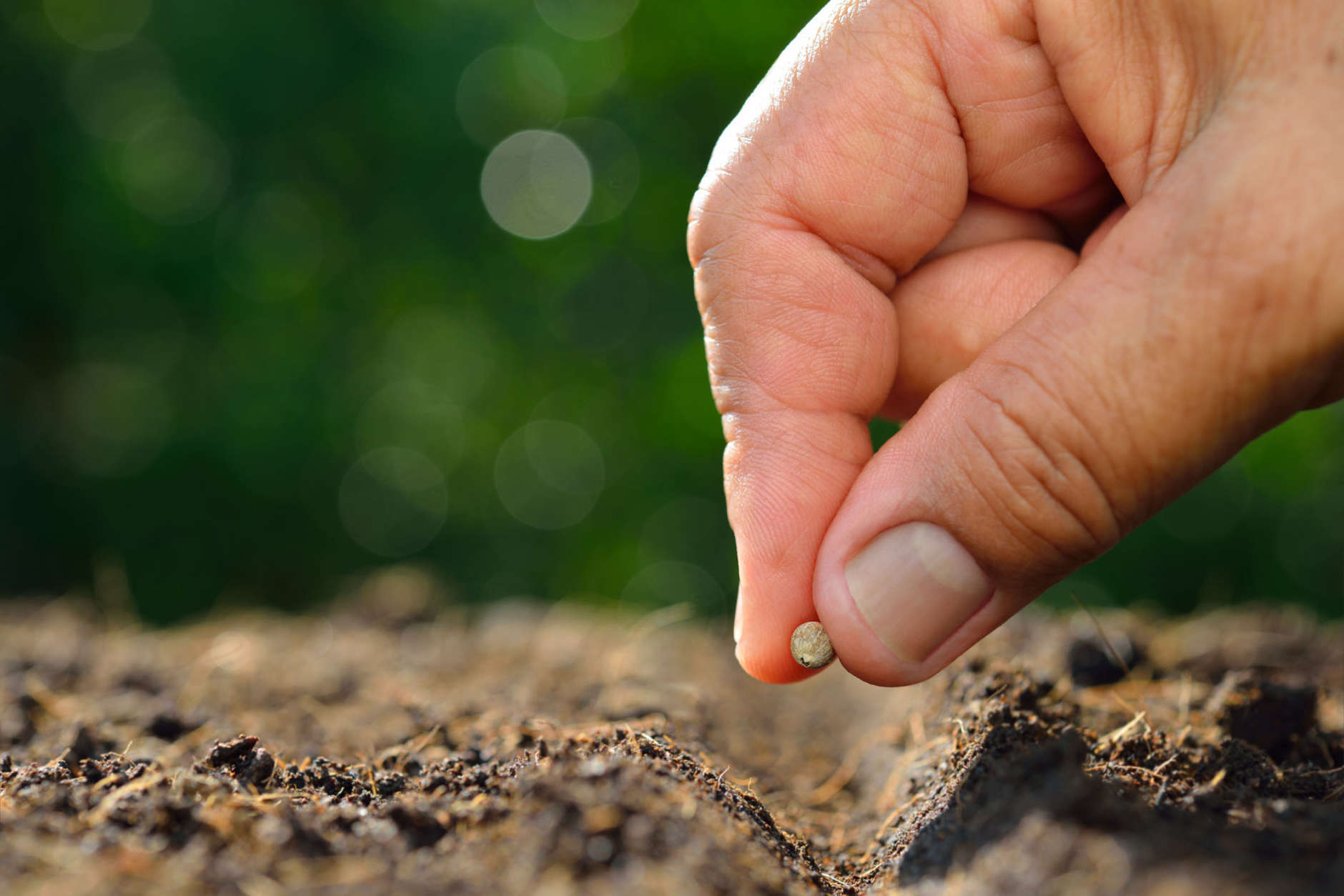
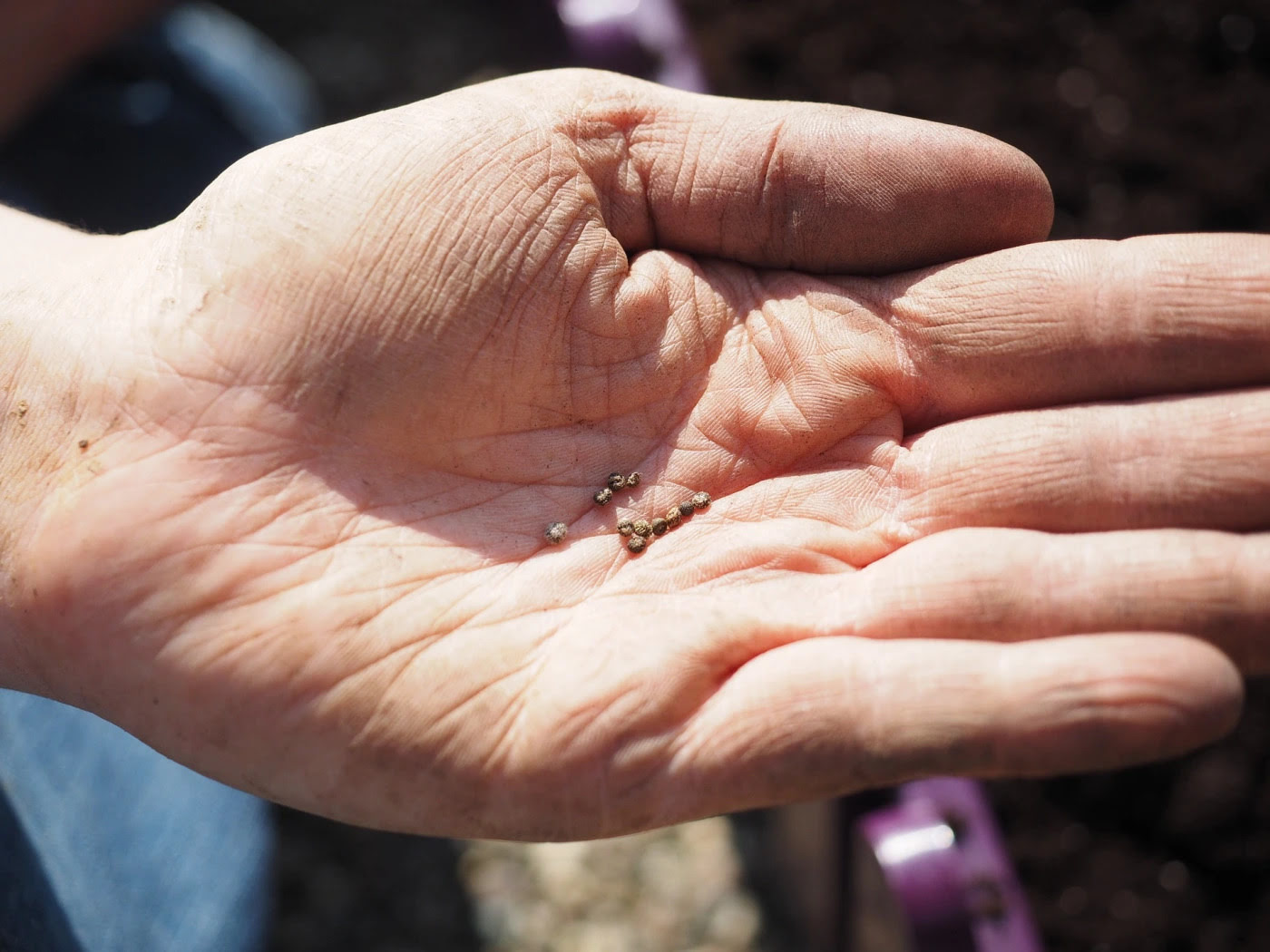
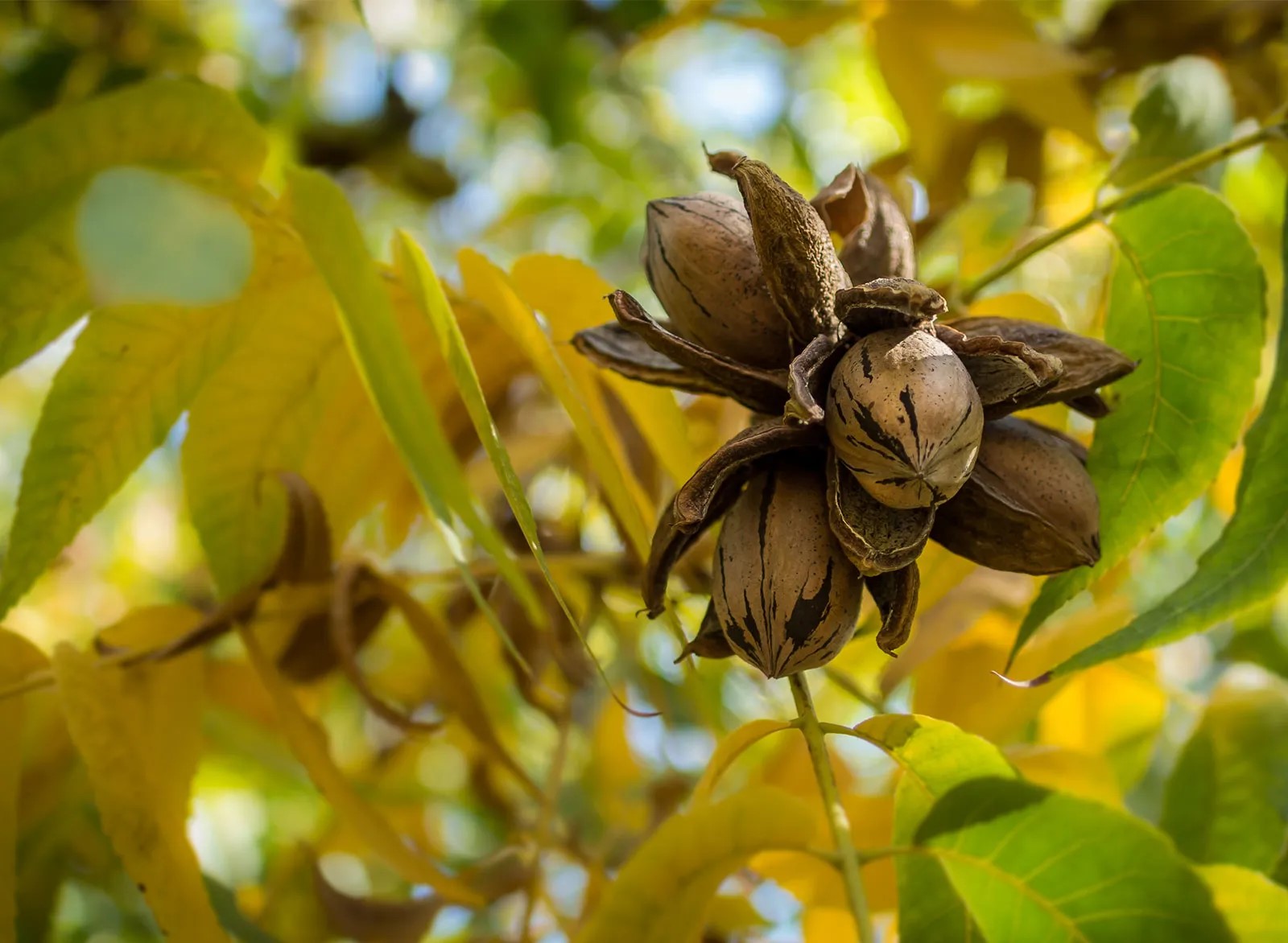
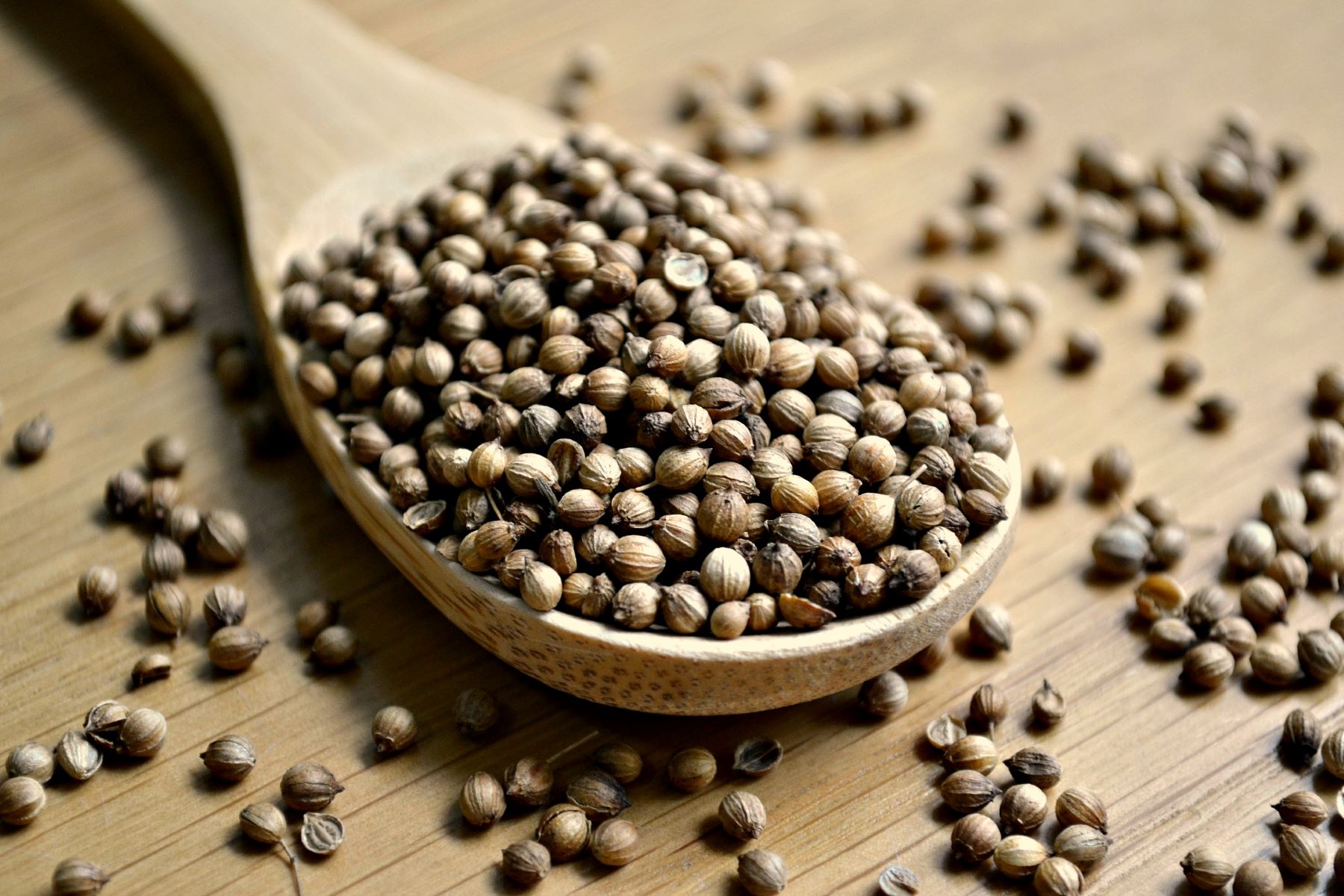

0 thoughts on “What Is A Seed Embryo”